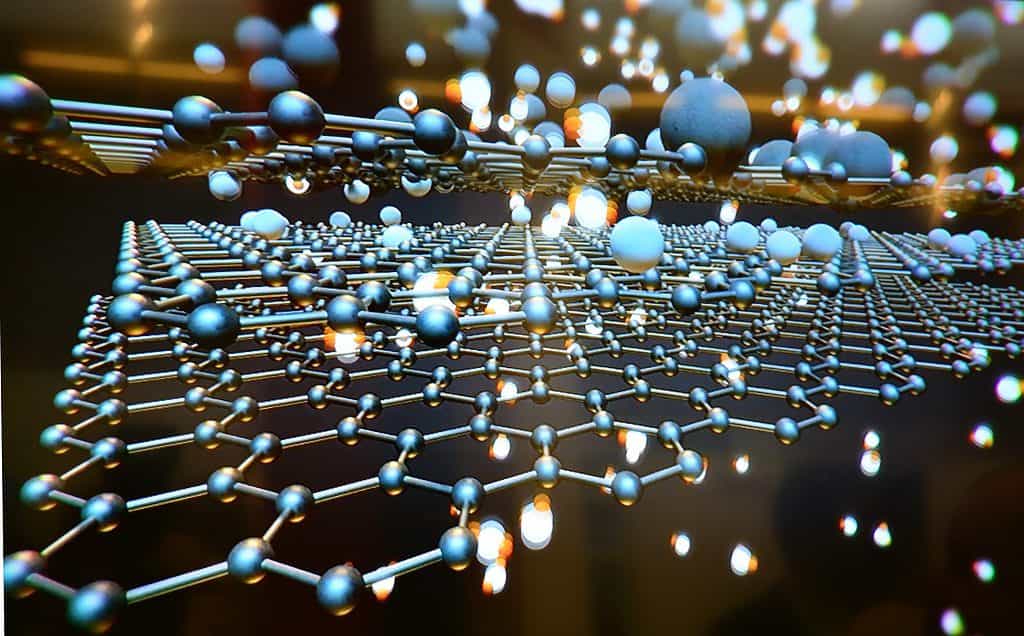
It can take years of painstaking work — consulting data, performing calculations, and carrying out precise lab tests — before scientists are ready to introduce a new material with a set of specific properties, whether it’s to build a better mousetrap or a better battery. But now it’s easier than ever thanks to the marvels of artificial intelligence.
Researchers at the University of California San Diego’s Jacobs School of Engineering developed a new AI algorithm called M3GNet that can predict the structure and dynamic properties of any material, whether existing or new. In fact, M3GNet was used to build a database of more than 31 million novel materials that have yet to be synthesized, and whose properties are predicted by the machine learning algorithm. And it all happens almost instantaneously, too.
Millions of possibilities
M3GNet can look for virtually any material it is assigned, be it metal, concrete, biological material, or any other type of material. In order to predict the properties of a material, the computer program needs to know the structure of the material, which is predicated on the arrangement of its atoms.
In many ways, predicting new materials is very similar to predicting protein structure — something that the AlphaFold AI developed by Google DeepMind is very good at. Earlier this summer, DeepMind announced it had decoded the structure of almost all proteins in scientists’ catalogs, over 200 million of them. As the basic building blocks of life, proteins do most of the work in cells, from transmitting signals that regulate organs to protecting the body from bacteria and viruses. The ability to accurately predict the 3D structures of proteins from their amino-acid sequences is thus a huge boon to life sciences and medicine, and nothing short of revolutionary.
Just like biologists could previously decode only a few proteins over the course of a year due to inherent complexities embedded in the process, so can materials scientists now invent and test novel materials orders of magnitude faster and cheaper than ever before. These new materials and compounds can then be integrated into batteries, drugs, and semiconductors.
“Similar to proteins, we need to know the structure of a material to predict its properties,” said UC San Diego nanoengineering professor Shyue Ping Ong. “What we need is an AlphaFold for materials.”
Ong and colleagues employed the same tried and tested approach from AlphaFold, merging graph neural networks in many-body interactions to ultimately generate a deep learning AI that can scan and make practical combinations using all the elements of the period table. The model was trained with a huge database of thousands of materials, complete with data on energies, forces, and stresses for each.
As a result, M3GNet went through countless potential interatomic combinations to predict 31 million materials, more than a million of which should be stable. Not only that but the AI could also be used to perform dynamic and complex simulations to further validate property predictions.
“For instance, we are often interested in how fast lithium ions diffuse in a lithium-ion battery electrode or electrolyte. The faster the diffusion, the more quickly you can charge or discharge a battery,” Ong said. “We have shown that the M3GNet IAP can be used to predict the lithium conductivity of a material with good accuracy. We truly believe that the M3GNet architecture is a transformative tool that can greatly expand our ability to explore new material chemistries and structures.”
M3GNet’s Python code has been released open-source on Github, if anyone’s interested. There are already plans to integrate this powerful predictive tool into commercial materials simulation software.
The findings appeared in the journal Nature Communicational Science.


